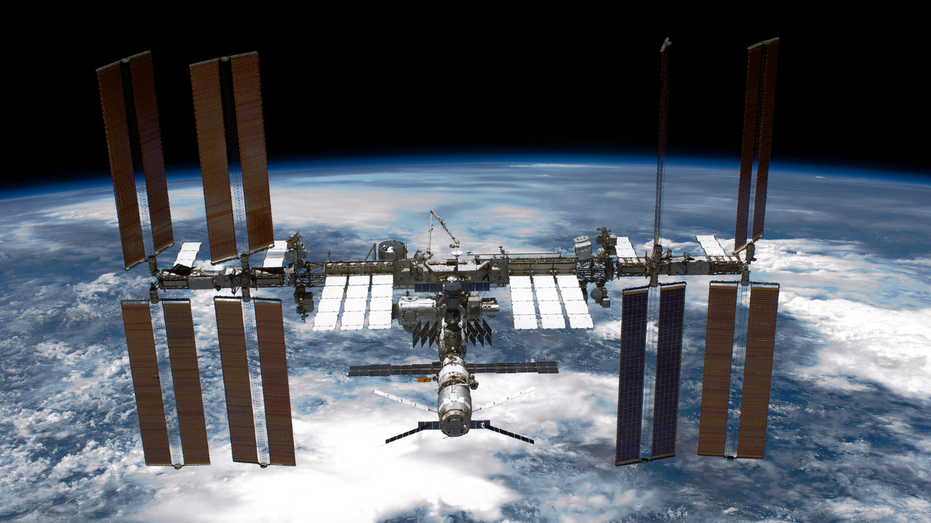NASA is working with at least three companies that are designing space stations to replace the International Space Station before it de-orbits in 2031.
“NASA can utilize those resources in our exploration of the heavens, back to the moon and on to Mars. Then we can rent space on a commercial space station to do our research, to prepare our astronauts for longer flights out into the cosmos,” NASA administrator Bill Nelson said. “We’ve given them seed money so that they can jump start developing space stations.”
The cost to the U.S. government is a factor, but Nelson believes the investment will pay off.
NASA ADMINISTRATOR SAYS ‘AT LEAST A TRILLION’ OTHER PLANETS LIKE EARTH COULD EXIST IN UNIVERSE
“If you don’t do research, and you don’t do development, R and D, then you are consuming or eating your seed corn, and you don’t have what you need to plant a crop to supply whatever you want for the future. It’s the R and D that has brought us to the level of the degree of sophistication that we enjoy,” Nelson said.
Axiom Space is one company that is building a next generation space station. It is creating pods that would first attach to the current International Space Station. The company is sending private astronauts to the International Space Station to prepare for adding the first module, which is expected to be launched in 2026.
“Those private astronauts stay on the space station a week or two weeks and do scientific things. NASA gets involved in that when they come to the station, and they have to meet rigorous standards. They have to follow the rules with NASA, and they have to have, as their commander of their private astronaut mission, a former NASA astronaut that we approve,” said Nelson.
When the International Space Station is decommissioned, Axiom Station will detach and become a self-sustaining orbital platform.
NASA PREPARES FOR INTERNATIONAL SPACE STATION RETIREMENT
Blue Origin is also building a space station. Its Orbital Reef will be a mixed-use destination for researchers, entrepreneurs and tourists. Nelson expects space tourism to expand as the footprint in space grows larger.
“There have been private SpaceX Dragon spacecraft taking private individuals unrelated to NASA into space. Now, naturally, it’s somebody that’s very wealthy that can afford to pay for that. There have been those, and there will be many of those in the future,” Nelson said.
Voyager’s Starlab will be sent into orbit as one unit.
“It will be the largest, we believe, piece of hardware launched by humanity into space,” said President of International and Space Stations at Voyager Space Jeffrey Manber.
Voyager plans to launch in 2028. It will have a ready-to-go laboratory onboard that will be capable of housing more than 400 experiments each year.
“That area known as Low Earth Orbit has become commercial. There’s dozens and dozens of companies, there’s going to be privately owned space stations, every week there’s privately launched rockets. It’s a very exciting time,” Manber said.
NASA is also using private companies to help build the first lunar space station. Maxar and Northrop Grumman are designing the two modules. SpaceX will launch the Lunar Gateway Station into orbit no sooner than 2025. Operations could begin as soon as 2028.
“As the future unfolds, as we venture out, we will send our astronauts, star sailors that will sail on a cosmic sea to far off cosmic shores,” Nelson said. “That’s bound to excite anybody. And I get to do it on a daily basis.”
Latest Political News on Fox News Read More




